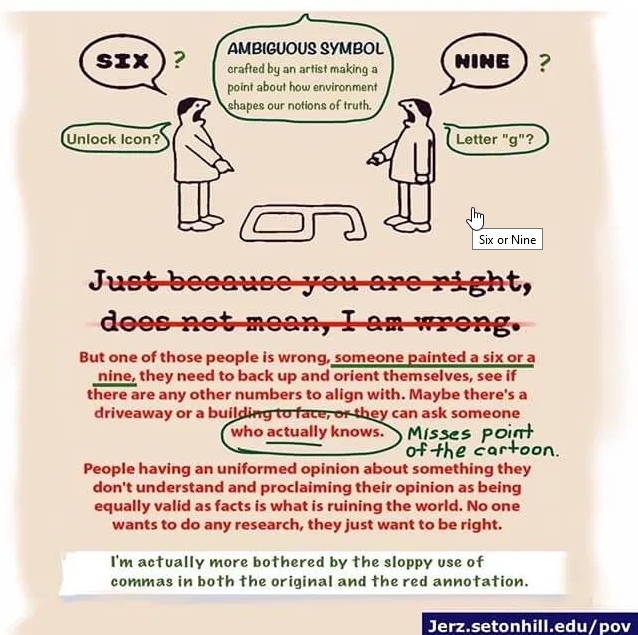For me to answer the question- “how are digital tools reshaping the field of history,” who is in the field must be identified first. Three major groups of people I have noticed as reoccurring over the course of this class are independent historians, educational historians, and public historians- often overlapping in the work they complete. Although they often use the same technological tools, what differentiates them from each other is how they apply these tools and for what reason.
When I use the term “independent historian,” I am referring to a historian who focuses on their own independent research. This may include hobbyists, educators, journalists, and just about anyone who has developed an interest in history and pursues it for themselves. The primary way that digital tools has reshaped their scope of the field is how they do research and how they publish it.
Technology has given way to the digital storage and digital archives, meaning that historians are no longer required to travel to a different physical location to research their interests. Now, they have the ability to sit at home and browse huge collections of digitally published journals, articles, transcriptions, and multimedia. However, some items have yet to be digitized and be viewed digitally. The camera is an easy solution for this- allowing historians to photograph documents and places to review later. This results in large personal archives of items that previously required a physical presence- now of which historians can comb through at their leisure and take their time gathering details. To help them in their review, there are many applications and software to organize and analyze- such as Tropy [1] and Tableau [2].
Digital publication and scholarship are now possibilities for historians. Rather than having to go through an institution and printing company- costing significant time and finances, historians can now export their work online for anyone to see at little to no cost. Websites and online journals are only a few platforms available. For larger audience engagement, historians can run blogs and step into the social media sphere. Platforms such as Twitter and Youtube current host large communities of historians, allowing them to find, engage, and learn from each other without going to a physical location.
In my visualization project, I chose to build a video around the major security breach data I explored and modeled in Tableau. I then uploaded it to Youtube, and although it is set as unlisted, this still serves as a way that the platform is being used to share research. It is also a way that social media and multimedia can be used in the classroom.
Educational historians refer to those who teach history at an education institution. Digital tools have changed the way that they can engage their students for better understanding and comprehension. Teachers and professors can now turn to blogs, social media, and multimedia to enforce learning points and subject matter. Videos, documentaries, and 360-degree photographs now pull their students into an immersive lesion on what it was like to be someone in another time.
These same digital tools can be used to build more holistic and encompassing lessons- such as with Tecumseh Lies Here. This game campaign-style lesson used social media, SMS, multimedia, websites, and many other digital tools to teach students how to do history as historians do in the field. It reported to be incredibly immersive and an experience unlike any other [3].
Compared to these two groups of historians, public historians actively seek to bring the history to public audiences. Digital tools that they work with are applied to enhance museums, historical sites, and other locations that their public audiences visit. As applied to museums, digital tools may be screens or interactive components of an exhibit. They could also be websites that provide more information of exhibits and items. During the COVID-19 quarantine and lock-down, there has been in increase in museums pushing their content online to be viewed and learned from. The Palace Museum in China is only one of these opening their doors virtually, allowing their resources to be viewed by a larger audience online than in person [4].
However, public historians do not have to work with an institution to be able have items for an online audience. They can also be independent historians with already digitized items that they would like to share. Omeka provides a platform where they can publish these items and sort them into exhibits and collections [5]. In one of our projects this semester, we worked with Omeka to compile our research on a subject around multimedia. My Omeka website on cryptography featured pictures of cipher-machines and classical ciphers throughout history, presenting them as exhibits in a museum-esque way. Without Omeka, I would have never been able to organize these items like that- unless hours were spent wrangling code and implementing packages and add-ons.
In conclusion, digital tools have changed the ways in that history is collected, reviewed, and published. Therefore, they have made the field of history more accessible for historians and their audiences alike.
NOTES
1. “Tropy.” n.d. Accessed May 5, 2020. https://tropy.org.
2. “Tableau Public.” n.d. Tableau Public. Accessed May 5, 2020. https://public.tableau.com/en-us/s/.
3. Compeau, Timothy, and Robert MacDougall. 2019. “Tecumseh Returns: A History Game in Alternate Reality, Augmented Reality, and Reality.” In Seeing the Past with Computers: Experiments with Augmented Reality and Computer Vision for History, edited by Kevin Kee and Timothy Compeau, Online, Chapter 10. Digital Humanities: Digital Culture Books. Ann Abor: University of Michigan Press. https://www.fulcrum.org/epubs/5q47rq179?locale=en#/6/34[Kee-0017]!/4/2[ch10]/2/2[p176]/1:0.
4. Maggie, Hiufu Wong. n.d. “With Travelers Unable to Visit Due to the Coronavirus Outreak, China’s Museums Put Exhibitions Online.” CNN. Accessed May 5, 2020. https://www.cnn.com/travel/article/chinese-museums-online-exhibits/index.html.
5. Trimble, Cailin. 2015. “Omeka for All: Teaching, Research, and Exhibits.” CED Archives-UC Berkeley. May 12, 2015. https://archives.ced.berkeley.edu/blog/working-with-omeka-exhibits-and-much-more.
